African footballers moving abroad is a topic that has been heavily explored and it continues to interest the football world. There are numerous instances of African footballers being discovered and emerging into high-value talents that financially benefit the European clubs that bring them in. Partnerships and collaboration efforts continue to grow, which makes the European market more receptive and accommodating to incoming African talents.
The foundation of the Africa-Europe transfer connection was established by colonial ties. France and Portugal were among the first European nations to import players from their colonies beginning in the 1930’s. French clubs found their talents from North Africa (Morocco and Algeria) and eventually branched out to the Francophone countries of West Africa. Mozambique-born Eusébio was a star at Sporting Clube de Lourenço Marques by the age of 18, and moved to its parent club in Portugal, the giants Benfica. Not only did these players improve the quality of the European leagues they moved to, but they could also participate for the national teams of their new homes. The French equivalent of Eusébio, Moroccan Larbi Ben Barek, was brought to Olympique Marseille through a partnership with US Marocaine in 1938. Five months later he was suiting up for the French national team.
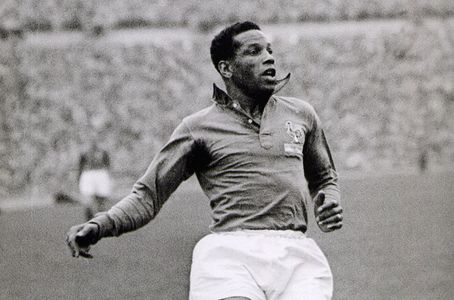
Moroccan Larbi Ben Barek moved to Olympique Marseille in 1938.
Eusébio: One of Africa’s most famous early exports was spotted in his native country of Mozambique by Lisbon giants Benfica before starring for the Portuguese national team.
As the wave of independence in Africa continued to grow after World War II, the leaders of these fledgling nations saw football as an opportunity to promote domestic growth and the image of the nation. Therefore, transfers to Europe slowed due to a concerted effort to keep Africa’s best players at home to promote the African national teams that were formed. Ghana’s first president Kwame Nkrumah’s efforts to promote his ideology of Pan-Africanism through the success of Ghana’s national team is the most notable example of how important football was as a social and political tool.
By the 1980’s, transfers to Europe from Africa began to increase back to the level of pre-independence. European clubs started to loosen foreign player restrictions, resulting in an increasing movement of clubs looking to Africa for talent. African countries also did not have to worry about European nations poaching their players to play for European national teams due to more stringent regulations regarding what nation a player may represent. However, European clubs struggled to accomodate and integrate African players into teams. African players were often asked to adjust on their own in a country like Sweden, with the odds being against them to thrive. Regulations weren’t established until later to prevent exploitative clubs, agents, and other officials from taking advantage of the eagerness of African players to move abroad.
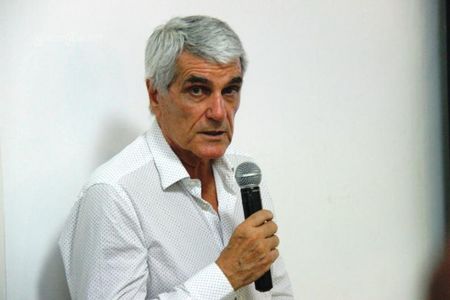
Jean-Marc Guillou: The Frenchman emphasized youth and the academy during his time at ASEC Mimosas in Ivory Coast.
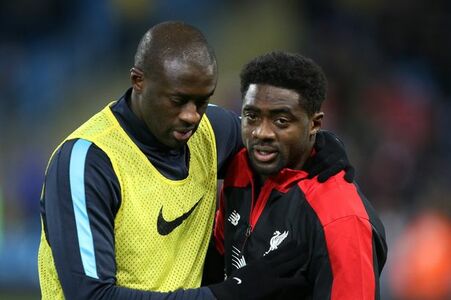
Brothers Yaya and Kolo Touré spent their formative years at ASEC and went on to successful careers in Europe.
The demand for African players was clear by the early 1990’s, but the transfer market was lacking in entities that looked out for the interests of the African player. This changed with the emergence of dedicated football academies. Ivorian powerhouse ASEC Mimosas started the trend of African clubs creating dedicated youth academies to export their best youth products at as young an age as possible (usually the minimum age, 18) to Europe. Frenchman Jean-Marc Guillou was the driving force for ASEC’s academy after being hired as director, as well as being the manager of the senior club. He managed the club from 1993-2000, and ASEC made history by winning the 1998 CAF Champions League. After many players left following the Champions League conquest, Guillou fielded a team filled with 17 and 18 year olds, and shocked Tunisian giants Esperance by a 3-1 scoreline in the CAF Super Cup.
Leading up to that victory, the Esperance chairman was quoted as saying it was “a scandal” for his team to compete against children. Little did he know that eight of those “children” would one day represent the national team of Ivory Coast, including Kolo Touré, Didier Zokora, and Siaka Tiene:
Guillou became manager of Belgian club Beveren in 2001, and established a network between Beveren and ASEC. As soon as ASEC’s top talents turned 18, they went to Beveren, where Guillou took advantage of Belgium’s relaxed foreign player restrictions to field many ASEC products. This was the most important step, because it gave these players the exposure for bigger European clubs to discover them. Kolo Touré’s younger brother, Yaya, took advantage of this connection as well as Gervinho and Emmanuel Eboué. Gervinho and Eboué went on to play for Guillou’s mentor at English club Arsenal, Arsene Wenger.
Due to successes such as ASEC, European clubs have continued to gravitate towards acquiring players from academies. Many academies that have come into existence focus purely on developing young talents rather than fielding a professional team in domestic football. European clubs continue to emphasize youth, so African academies can acquire players aged 18 or 19 years old that contribute immediately or develop into productive players.
Because of partnerships that are formed between academies and European clubs, there are less complications and fees involved that come from negotiating with African professional clubs. Right to Dream Academy in Ghana shares a couple of similarities to Guillou’s example in that African academies are forming direct links to European clubs that are willing to develop their players. As long as African domestic football continues to struggle in many sub-Saharan countries, European clubs will continue to prefer academies due to the convenience and young age of the players.
The Africa-Europe transfer market is thriving now because of the networks that have been formed between African academies and European clubs over the last thirty years. What does the future hold? Well, many players that have graduated to lucrative careers abroad are looking to use their resources and influence to positively contribute to football in their countries. These players are funding or obtaining funding for youth academies of their own or using their connections in Europe to help compatriots get their chance abroad. A great example is Diambars Football Academy in Senegal. Senegalese-born French international Patrick Vieira and former Benin national team player Jean-Marc Adjovi-Bocco have been able to forge networks for Diambars youth products to graduate to European football. Most importantly, their emphasis on educating the players at Diambars opens up opportunities for graduates to make an impact off the field in their communities if the dream of professional football is not realized.
As long as the majority of African domestic scenes struggle to thrive, youth academies will be there to provide European opportunities for African talent. This development is the trend that has taken the Africa-Europe connection to another level. Regardless of what path the players select, the Africa-Europe market will continue to increase its favorability towards African players as Africans and people invested in African football become more and more influential in the steps of the process.



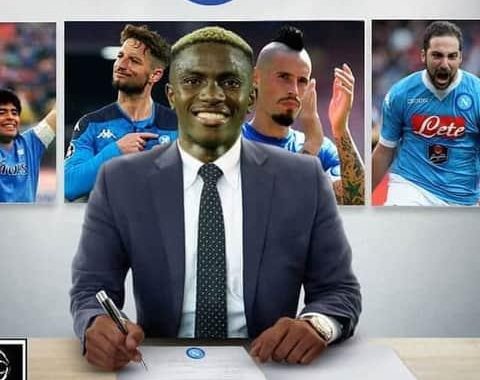
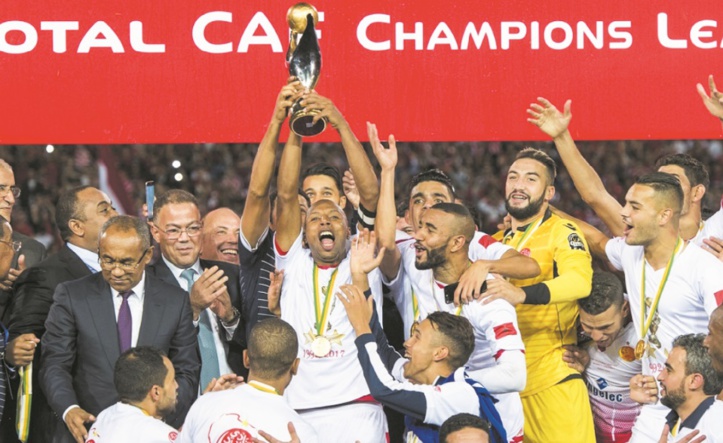

Très belle illustration du football africain de nos jours et de ses acteurs/anciennes gloires qui essayent de faire le trait d’union Afrique-Europe pour la promotion des jeunes talents africains parfois laissés dans le calvaire/leur sort sans épanouissement ultérieur de leur passion choisie(Le FOOTBALL). Bel article, Bravo Andrew Olsson pour toutes ces recherches enrichissantes qui étayent l’évolution des Transferts Afrique-Europe.
Well researched. Great article. Keep up the good work
Honestly this article is sweet. I hope some clubs in my country,Ghana will read this and know football is growing.